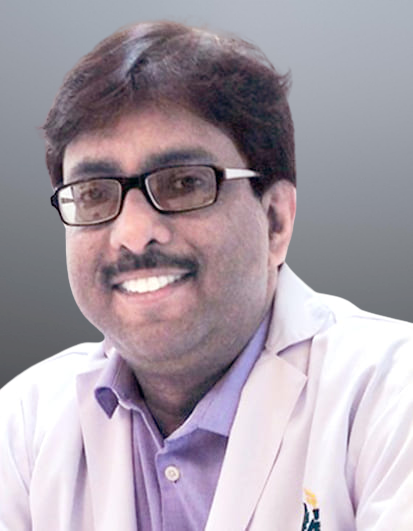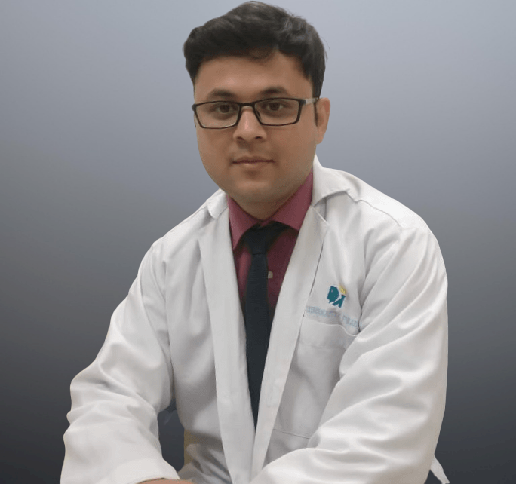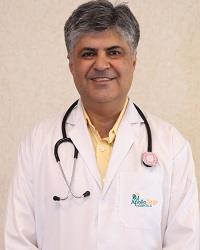Conditions for which a Tympanoplasty is Performed
The following list highlights common conditions that can be effectively treated through tympanoplasty:
1. Perforated Eardrum: A condition where there is a tear or hole in the eardrum. For perforated eardrums, doctors can repair this rupture and prevent potential complications with tympanoplasty.
2. Chronic Otitis Media: Recurring middle ear infections can lead to hearing loss if left untreated; tympanoplasty helps manage these infections.
3. Ossicle Damage: Damage to the tiny bones in the ear can affect hearing; during tympanoplasty, a surgeon may repair or replace damaged ossicles with prosthetic devices or grafts, restoring the structure and function of the middle ear.
4. Cholesteatoma: Abnormal skin growths in the middle ear called cholesteatoma can be removed via tympanoplasty.
How is a Tympanoplasty Conducted at Apollo Hospitals in Bhubaneswar?
Apollo Hospitals in Bhubaneswar is home to some of the most experienced tympanic membrane doctors who meticulously conduct tympanoplasty surgeries. Here is what the procedure typically involves:
1. Anaesthesia Administration: The patient is put under general anaesthesia before the surgery begins.
2. Accessing the Eardrum: The ear surgery doctor makes an incision either behind the ear or via the ear canal.
3. Removal of Damaged Tissue: Any excess or damaged tissue is carefully eliminated by the surgeon.
4. Eardrum Repair: Utilising a graft from the patient’s own tissue, any perforations in the eardrum are meticulously closed.
5. Optional Laser Use: Depending on the case, a laser may be used to facilitate precision.
How to Choose the Best Specialist for Tympanoplasty in Bhubaneswar?
Choosing a proficient and highly experienced ENT surgeon to conduct your tympanoplasty is paramount for ensuring optimal surgical outcomes. When choosing your specialist, consider their experience, credentials, reviews, and their approach towards patient-centred care. Apollo Hospitals in Bhubaneswar have some of the best doctors for tympanoplasty who are accomplished, highly trained, and have extensive knowledge of this specialised field of medicine.
Why Plan your Tympanoplasty with Apollo Hospitals?
Selecting Apollo Hospitals in Bhubaneswar for your tympanoplasty ensures access to cutting-edge facilities, highly proficient tympanoplasty surgeons, and thorough patient care during your entire medical process. At Apollo Hospitals, emphasis is placed on patient satisfaction and successful results, ensuring a smooth experience from pre-operative evaluations to post-operative follow-ups. With such expertise and facilities, you can place your trust in Apollo Hospitals for efficient and effective treatment of your ear conditions.









 Call Now
Call Now



